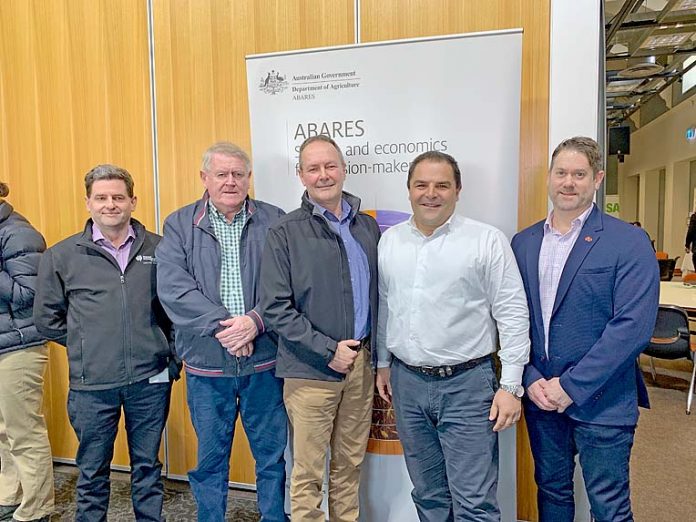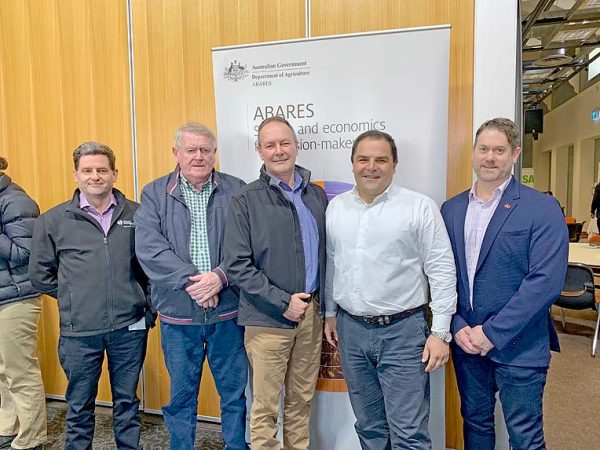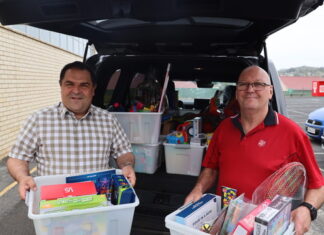

A NATIONAL climatologist has warned rainfall in the Lower South East is “dropping off a cliff” with climate change labelled the main culprit.
Bureau of Meteorology senior climatologist Darren Ray commented on the state of the region’s climate the Wednesday’s Australian Bureau of Agricultural and Resource Economics and Sciences Mount Gambier Regional Outlook conference.
Attended by more than 80 stakeholders from across the South East, topics covered included primary industries, overcoming challenges, diversifying and exploiting opportunities across all forms of primary production with climate change, the $100b by 2030 industry target and changing export markets.
A total of 11 speakers addressed the cohort during three sessions, each with a distinct theme.
After each session was completed, the crowd was invited to ask panellists questions to further explain their presentations.
During the “investing in primary industries and growing our future” session, Mr Ray spoke about the impacts of climate change on agriculture, in addition to future regional predictions.
Mr Ray also highlighted the changing April to October rainfall patterns around the South East and what impacts those had on agriculture in the region.
“Naracoorte has a great, reliable rainfall rhythm back to the 1860s which was pretty steady at around 450mm per year,” he said.
“Since about 1990 that has declined by about 30pc.
“It is dropping off the edge of a cliff and there is quite clearly something going on, which we are seeing across other areas of southern Australia.”
Mr Ray said although there had been a decline in rainfall in the southern part of the nation, data showed northern Australia had seen more rainfall than history dictates.
In addition to decreasing rainfall, Mr Ray also highlighted another impact of climate change, with sea levels rising by approximately 5mm a year over the past 10 years on average.
“The message of climate change is we have an opportunity to reduce our emissions and minimise the harm from climate change,” he said.
“We have dragged our feet for the last 20 or 30 years, but the window is closing really rapidly.
“We are seeing impacts on cropping from climate change which is holding us back from reaching that $100b.
“The question is do we want to minimise those headwinds or do we want to try and adapt to the three to four degree world which is where we are heading?”
According to data from January to September this year, the country has also seen one of its warmest years, with South Australia on track to record one of its top three to five hottest years on record.
Other speakers on the day included Limestone Coast residents Graham Clothier, Paul Seerle, Graeme Hamilton, Lachlan Seers, Tammy Auld and Sue Bell in addition to representatives from ABARES, the Bureau of Meterology and Waterfind.





